This is my best effort to explain the idea of the "holobiont". Holobiont carries a controversial meaning that holds a lot of significance when we consider the state of our world today. This term, revitalized by the esteemed biologist Lynn Margulis, delves into the core of evolutionary science and religion, promising a paradigm shift in our understanding of life.
I stumbled upon Margulis’ work when I was reading Entangled Life by Merlin Sheldrake. I find the holobiont concept fascinating due to its controversial nature and its wide-ranging applicability to all aspects of life. The holobiont concept has profoundly altered my worldview, and I hope it can have a similar impact on yours.
The quick and dirty definition:
A holobiont is the assemblage of a host and the many other organisms living on or around it, forming a distinct ecological unit via symbiosis.
But that’s boring and explains nothing. There exists a longer and more thought-provoking answer. But first, we have to talk about Lynn Margulis- the woman who revived the holobiont concept via a world-altering theory that proved how complex life forms evolved. In other words, her theory proves how life specialized- or rather, how life as we know it began.
Lynn Margulis + Symbiosis
Lynn is an extraordinary woman whose research is as synonymous with symbiosis as Darwin is to evolution. Throughout her career, her work was intensely rejected before it was ever accepted or known as world-altering. Her famous theory, referred to as Serial Endosymbiotic Theory, proves that cells evolved via collaboration as opposed to competition. By starting on the smallest level, the cell, she reduced life to its basic building blocks to observe how symbiosis evolved life.
Her work complements and goes further than Charles Darwin's theory, which suggested that certain organisms outcompete others, leading to their survival and increased strength—a concept often known as "survival of the fittest." While natural selection certainly plays a role in evolution, it alone does not answer enough questions about evolution, especially in light of our understanding of the critical role that symbiosis plays. Questions like: How do new structures arise? How did one group evolve into another? Why is the presence of homeostasis so prevalent?
Margulis’ theory could answer those questions by proving that evolution is first rooted in collaboration, dismissing the notion of one life form being superior to another. In her view, every organism plays an essential role within a larger ecosystem, contributing to its functionality and purpose. Lynn's research substantiated that cells are inclined to collaborate rather than engage in conflict, all in pursuit of the greater good (or whatever their version of ‘good’ is).
Enters the Holobiont
Lynn coined the term holobiont to describe complex life forms that are a product of a system of symbiosis. That means that all life forms are holobionts no matter how big or small because all life forms are a product of symbiosis. No one thing or one person is beside themselves or above another. The term Holobiont challenges us to think of ourselves as less of a human and more so as part of an ecosystem.
You are a complex system, composed not only of your human part but also of a microbiome, which in turn is part of another microbiome, and so forth. Our bodies exist in a perpetual state of symbiosis, not only with the diverse microorganisms within us but also with one another, animals, the environment, and even society. Margulis takes this concept further, suggesting that our entire planet is a holobiont, the ultimate holobiont, which she calls the Gaia hypothesis.
A good holobiont takes care of its symbionts so the symbionts can take care of the holobiont.
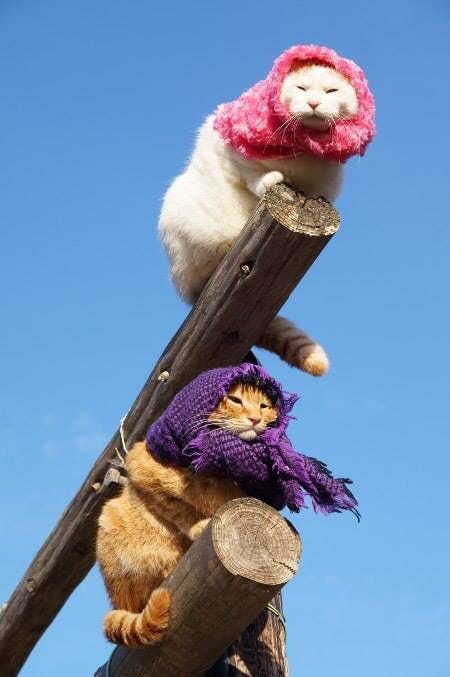
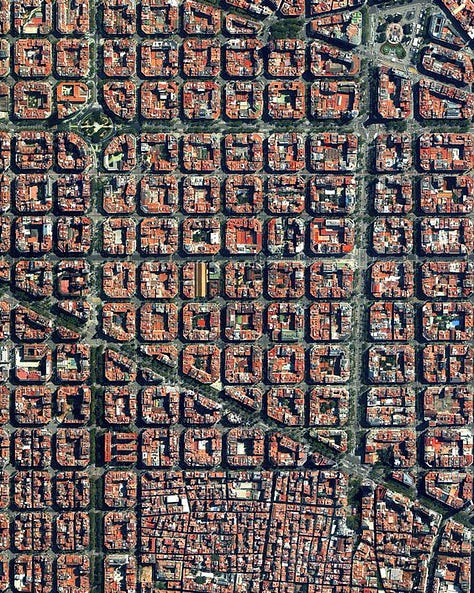
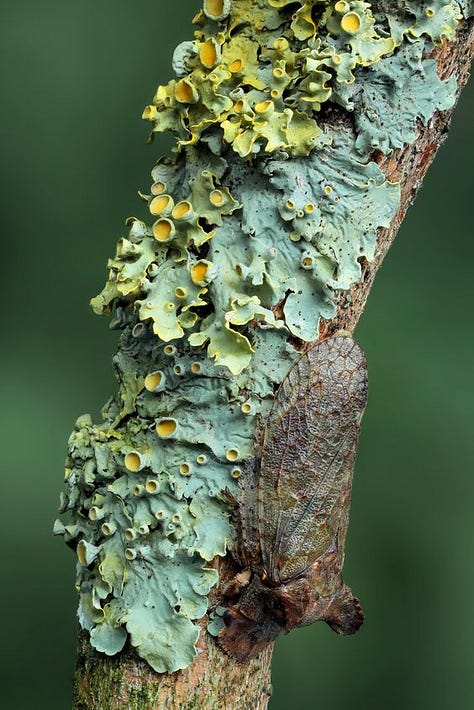
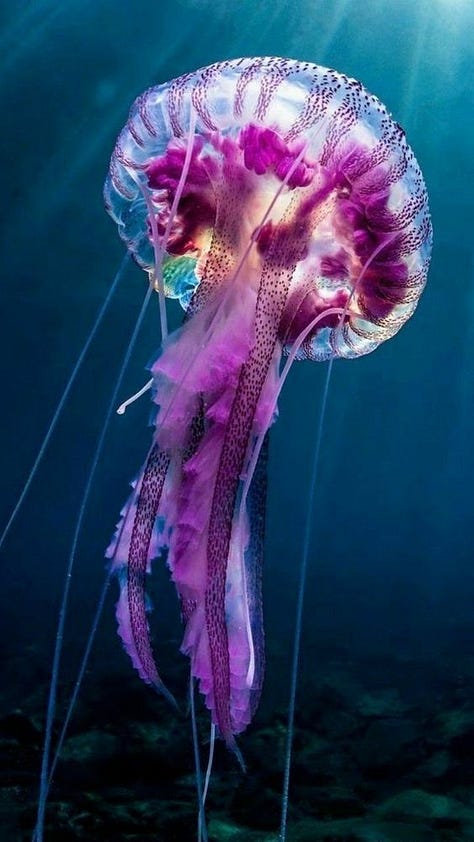
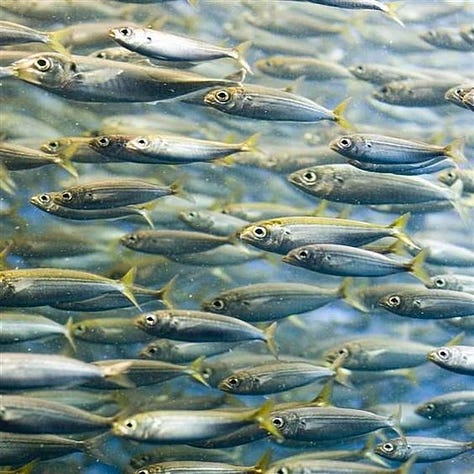
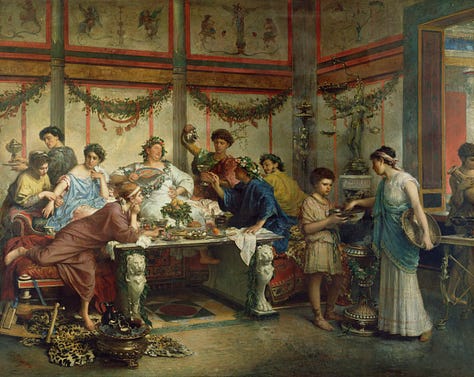
A healthy holobiont takes care of its symbionts so the symbionts can take care of the holobiont. Within any holobiont, whether it is an individual organism, a species, or even the entire planet, there exists a delicate balance of dependencies. Each component within the holobiont plays a unique role, and the well-being of the whole is intricately linked to the well-being of its parts, or symbionts.
But this can be applied to more than humans and animals. As individuals, we are a tiny part of the greater holobionts to which we belong. Our families, relationships, cities, food systems, politics, countries, societies, ecosystems, and ultimately, the planet. If Margulis’s theory proved that cells began and thrived off of symbiosis and are complemented by elements of natural selection/competition, why would the holobionts we are all parts of be any different?
What kind of Holobiont are you?
Are individuality and expression important when we consider the role of the holobiont? Absolutely. While the idea of the holobiont is rooted in the collective strength of the whole, the collective is only as strong as the parts that make it. I see it as we all must express the core parts of our holobionts to strengthen the holobionts of which we are all parts. Whether those holobionts are our relationships, families, cities, communities, ecosystems, etc strengthening ourselves strengthens these wholes and vice versa.
For example, This newsletter began as an outlet to express my love of fermentation and my persistent curiosity about our food systems. I began to use food as an outlet to understand the delicate balance of symbiosis within my own life via experimentation, eating, cooking, and teaching others about fermentation. Doing so has brought me new friendships, connections, opportunities, and a newfound sense of excitement and meaning. I relish in the fact that these tiny life secrets are all around us, waiting for us to explore, experiment with, and savor. I believe that doing so makes me a better holobiont, or rather, it’s the odd way all the tiny holobionts within me are asking to be expressed.
I like to think that eating fermented holobionts is a poetic way of making myself an even stronger, healthier, and better holobiont. By becoming a better holobiont yourself, you contribute to the overall well-being of the greater holobiont(s) to which you belong. And if a holobiont is only as strong as the other holobionts that make it, why not be the best holobiont you can be?
The holobiont is a constant reminder that the collective strength of the whole often surpasses that of any single part. That unity and collaboration will always prevail over isolation and conflict. The demise of others, the demise of ideas, and the demise of our greater wholes are ultimately the demise of ourselves.
Books by Lynn Margulis
Some light reading about the philosophical and scientific origins of life by Margulis. She’s just an incredible writer as she is a biologist. Highly recommend!!
The Symbiotic Planet by Lynn Margulis
What is Sex? by Dorian Sagan and Lyn Margulis
Microcosmos by Lynn Margulis.
What is Life? by Lynn Margulis and Dorian Sagan
Next week’s topic: Tomato water
~Fin!~




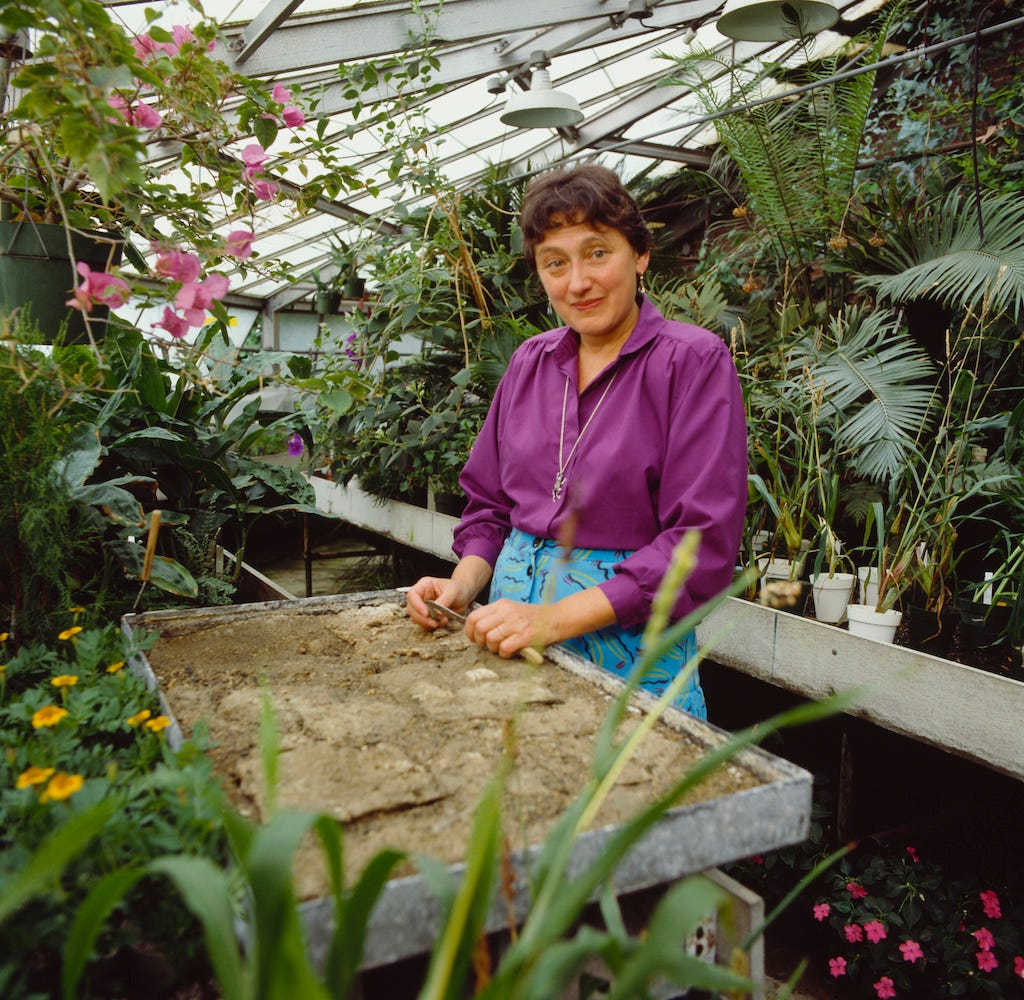
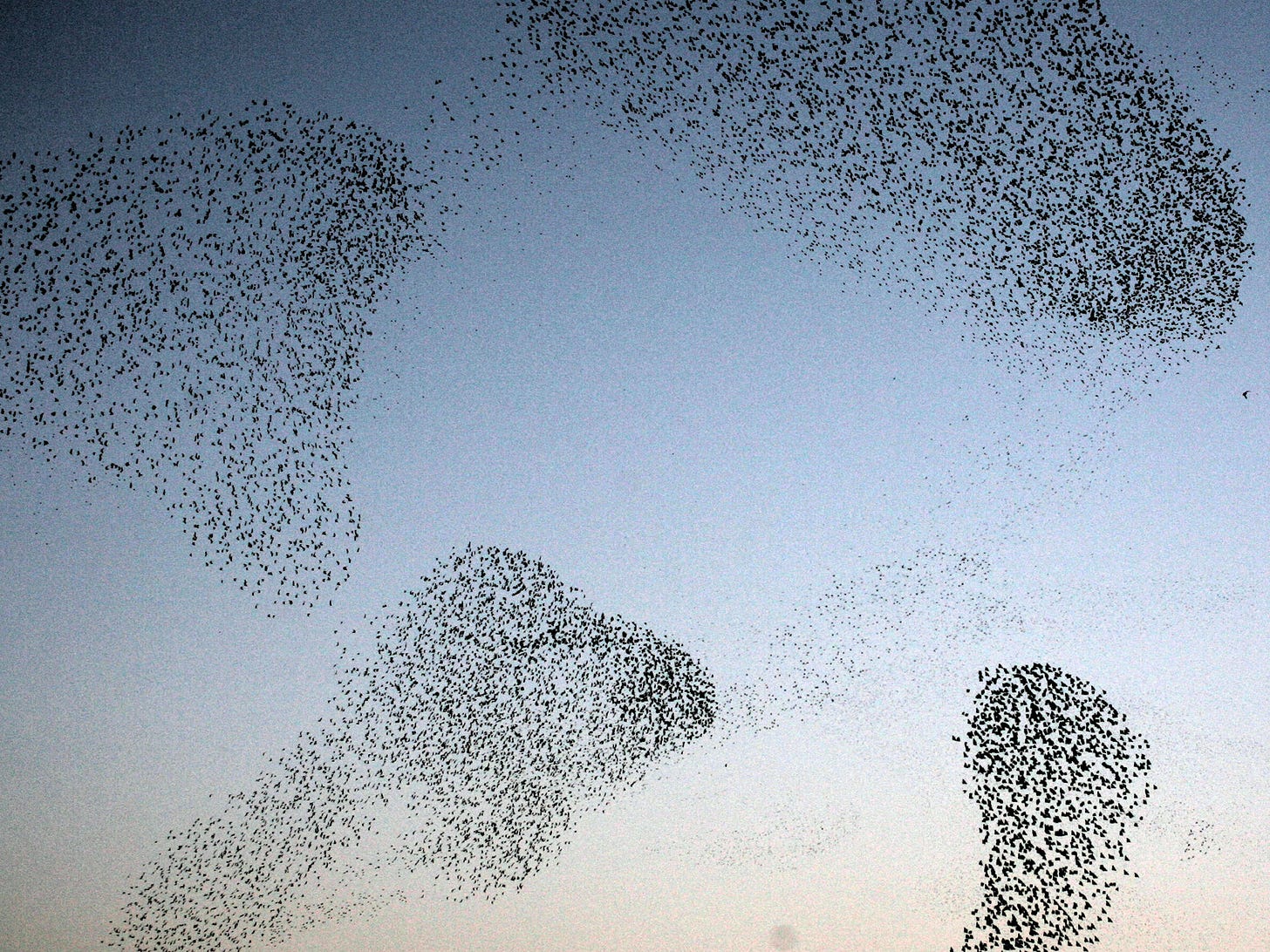

LOVE
🫶🏼🫶🏼🫶🏼